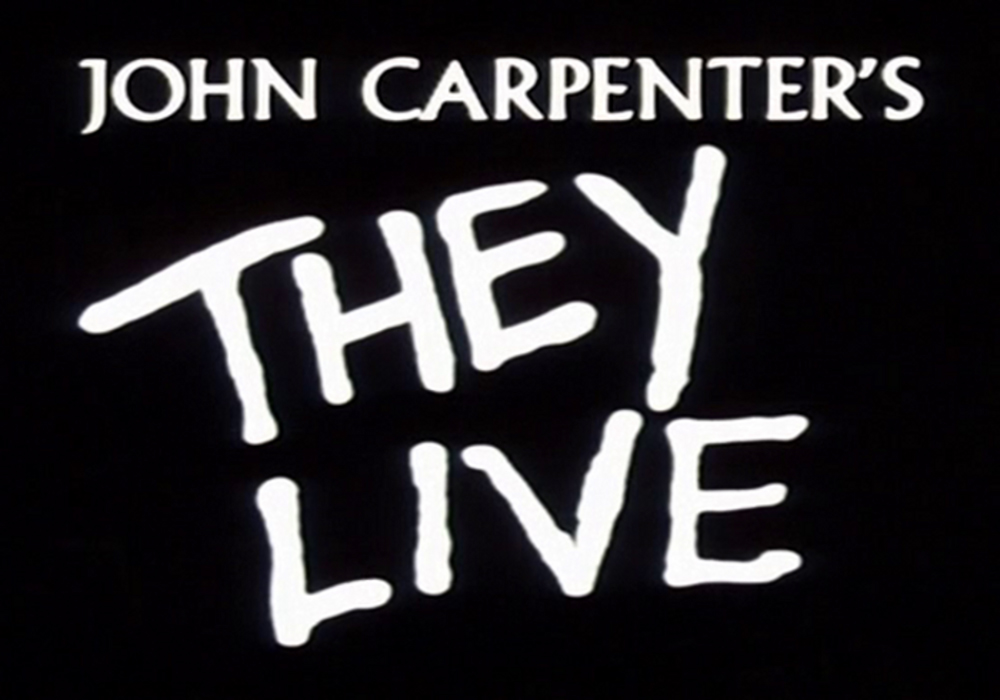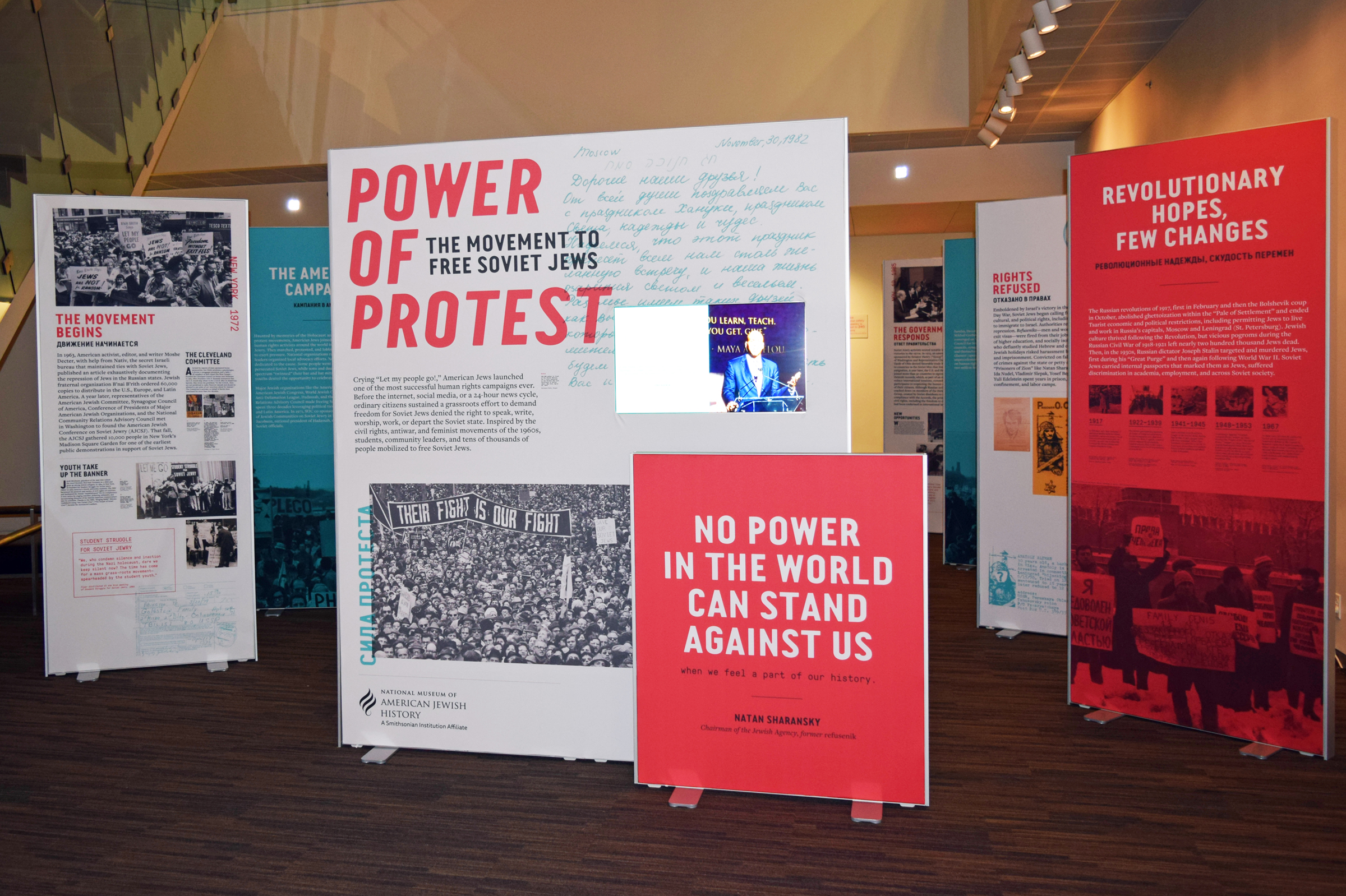Smith Advisory Board approved the Portland State Disability Resource Center proposal on Jan. 22 to turn a portion of the student government office into a new community space for students with disabilities. The project would align the DRC with every other resource center on campus, each of which has its own social space for students.
The $73,000 project proposes taking over 364 square feet of space the Associated Students of PSU currently occupy on the first floor of Smith Memorial Student Union. Two new full-height walls, a relocated door and electrical work constitute much of the project, and $4,200 will be set aside to buy smaller desks and chairs to accommodate a smaller work area for ASPSU officers. The project will be funded by DRC salary savings.
The square footage would encompass a community room, an enclosed group room and a quiet study area. DRC Director Jen Dugger said she hopes to see a resource library and adaptive technology implemented in the space down the road.
“We are the only resource center on campus that doesn’t have social or community space,” Dugger said. “To have a space here where [students with disabilities] can meet each other, share ideas and get to know different ways of thinking about disability so they’re not so isolated…would be huge for the success and retention of that particular group of students.”
Additionally, Dugger said 96 percent of students registered with the DRC have invisible disabilities like chronic illness or pain, learning disabilities or mental illness. Dugger said that makes it harder for students to identify people on campus going through similar experiences in the first place.
Since Dugger took the DRC job in 2012, she said the number of students the center serves has increased 20 percent every year. The DRC’s office staff needed to expand to keep up, so three years ago space that used to house several computer stations and a homebase for students became administrative offices.
The DRC proposal states only four full-time Access Counselors and Consultants serve 1,631 students currently registered with the DRC. With so much time allocated to making sure the university is in compliance with the American Disabilities Act, the staff has little time to support students on a personal basis.
“What the center could do a lot more of is foster a sense of pride [in PSU students with disabilities],” Dugger said. “Somebody or some space that students contribute to really needs to foster this.”
The proposal needs to pass the University Space Committee next week before construction plans can move forward. Some of the DRC’s success in moving the plans along might be attributed to the proposal’s ideal location.
“I think our space here is pretty perfect in terms of first floor accessibility,” Dugger said. “We are pretty close to the lobby and also down such a long stretch of hallway, so it’s still kind of discreet. There’s a delicate balance of being accessible and visible that is hard to strike when you’re trying to find the space.”
While the proposal hopes to give students wanting camaraderie and relationships with DRC staff a place on campus to call their own, as space in SMSU shrinks, student leaders debate the true long-term efficacy of the project.
ASPSU Vice President Donald Thompson said he wondered whether in six or eight years, as the DRC continues to grow, if the space donation will be helpful in the long run. “Even if we give up our portion of our office, it’s not a permanent fix,” Thompson said. “The efficacy of this move will wane.”
According to ASPSU President Brent Finkbeiner, who said he spoke with the ASPSU president from 1996 about space allocation in the building, the student body has been fighting for operating space in SMSU for at least 20 years. Deciding who belongs in the building and how to allocate space is a constant challenge, he added.
“There are constantly space requests coming to the board which can cause a bit of gridlock for all parties,” said SMSU Advisory Board Student Chair Emily Korte. “Right now there [is] a plethora of options for these requests. However, it is trying to find the balance between all the parties that want space and the space that SMSU actually has to give, which is negative at the moment.”
ASPSU Legislative Affairs Director Hakan Kutgun said he believes PSU administration should be providing resource centers with appropriate space in the first place, and student government should instead be in a facilitating and coordinating position. At the same time, Kutgun added, he believes the DRC’s current space challenges supercede those of ASPSU.
Indeed, the DRC proposal appears to have ASPSU’s full support. On Dec. 4, 2017, members of the ASPSU Senate voted unanimously to collectively state their approval of the proposal. In this case, ASPSU may have more influence on the project than normal.
Korte said that aside from one ASPSU representative that usually sits on the advisory board, student leaders do not have any special weight in deciding how space is divvied out. In this case, however, ASPSU has a little more say because it would be donating its own space.
“This speaks to the necessity [of the project],” Thompson said. “[DRC staff has] gotten to the point where they have to bring this to ASPSU, a student group who does not fund them, for space…when really they should be able to go to the administration and say this is a need that we have that we have not been able to get [fulfilled].”
Dugger said she understands these challenges, but she is grateful for ASPSU’s support. “We are all colleagues and we don’t want to negatively affect someone else,” Dugger said. “I’m pretty cognizant of the fact that I’m not the only one who needs this [but] also I think [the DRC’s] needs are really significant.”





